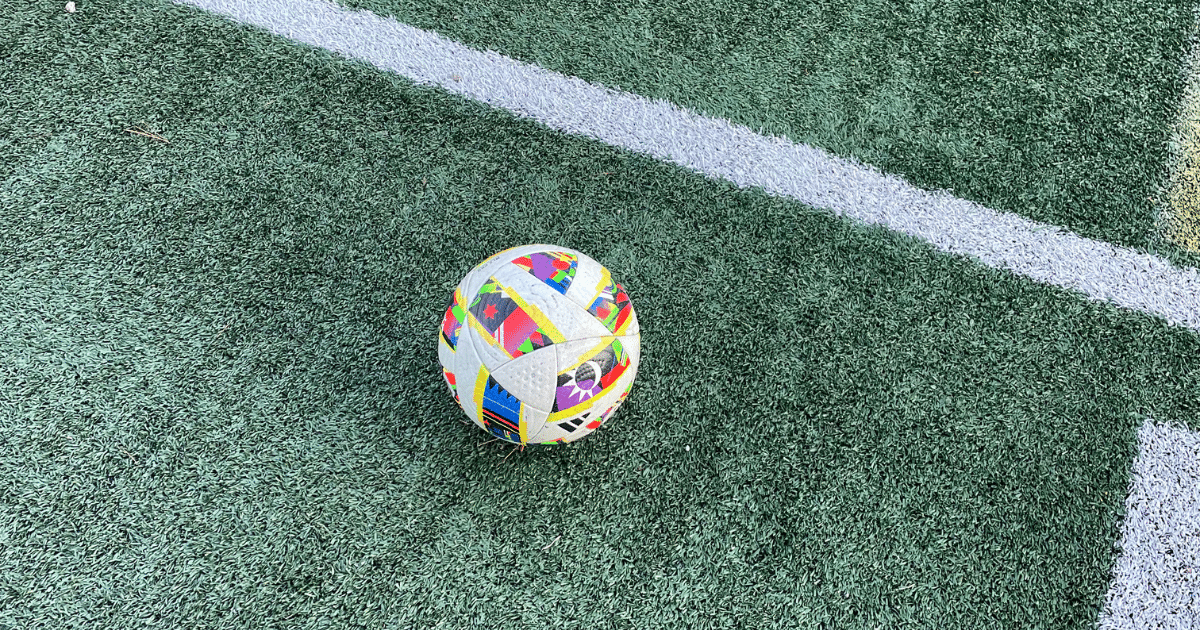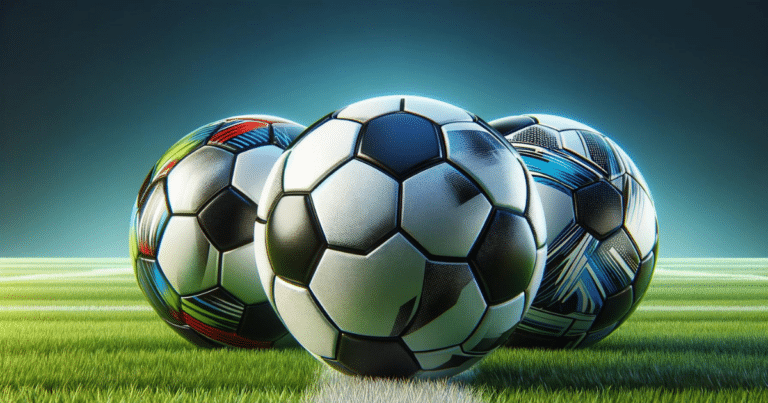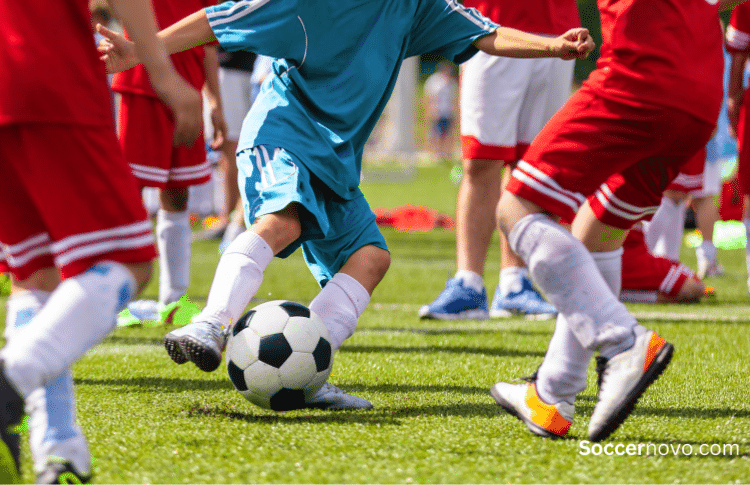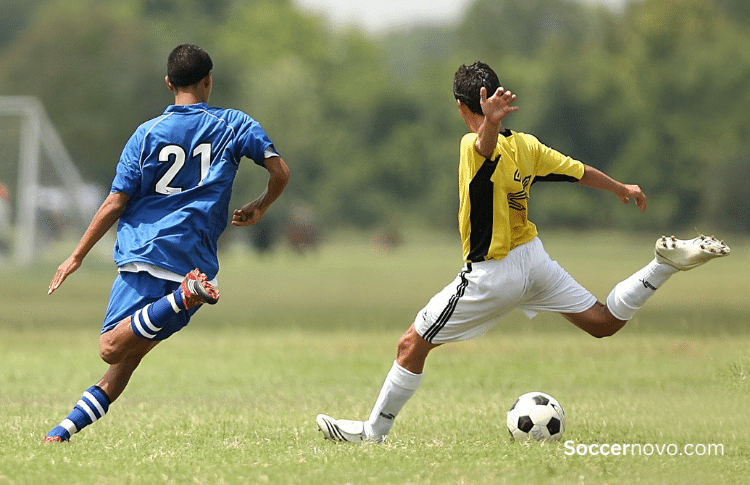The Perfect Soccer Ball Pressure

A soccer ball should be inflated between 9-15 PSI (pounds per square inch) for optimal performance, though the ideal pressure varies based on your level of play and conditions.
TL;DR:
The Science Behind Soccer Ball Pressure

Ever kicked a rock-hard soccer ball and watched it soar way past your target? Or struggled with a mushy ball that barely rolls?
The right pressure makes all the difference in how your ball performs. Getting it right can transform your game, while getting it wrong can lead to frustrating mishaps and even potential injuries.
While many players obsess over fancy cleats and shin guards, ball pressure is arguably the most underrated factor in improving your training.
Pressure Guidelines by Level
Different levels of play have different requirements:
- Recreational/Practice: 9-15 PSI
- FIFA-Sanctioned Matches: 8.8-16.1 PSI
- English Premier League: 8.7-16.0 PSI
For youth leagues in the U.S. (i.e. – MLS NEXT, ECNL, etc.), the pressure within any of the guidelines above is fine. Unless there’s a noticeable difference, the game plays on.
Need to get some air out? Here’s one of our videos to do just that.
Environmental Factors Matter
Your ball pressure isn’t just about numbers – it’s about adapting to your environment.
Playing on hard concrete? Drop the pressure slightly to improve control and protect your joints.
Hitting the turf on a cold day? Remember that cold air contracts, so you might need to add a bit more air than usual.
The Thumb Test: When You’re Gauge-Less
While pressure gauges provide precise measurements, developing a feel for proper ball pressure through the thumb test is an invaluable skill for any serious player.
With experience, you can reliably judge ball pressure just by applying firm pressure with your thumbs.
Simple Maintenance Tips
Maintaining proper ball pressure doesn’t require complex equipment. A basic pressure gauge and pump will do the trick. Here’s how:
- Test pressure at room temperature
- Insert gauge nozzle fully into the valve
- Adjust pressure based on your playing conditions
Bottom Line
Whether you’re a weekend warrior or an aspiring pro, proper ball pressure is your underrated weapon for better control, more accurate passes, and reduced risk of injury.
Keep a gauge handy, consider your playing conditions, and don’t be afraid to make adjustments based on your personal preference and playing style.

Written By: Beau Bridges
Beau is the founder of SoccerNovo, dedicated to helping players and parents navigate the youth soccer landscape. As a former youth coach and soccer parent, he shares insights on player development, recruiting, and the ever-evolving soccer scene in the U.S.
Let’s connect




